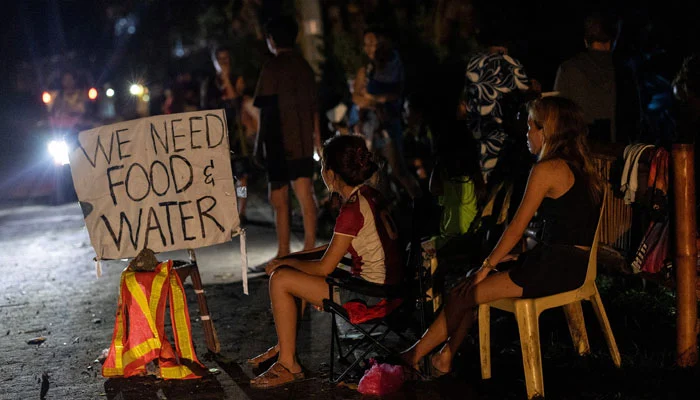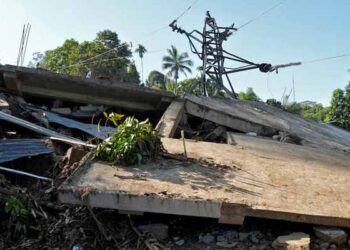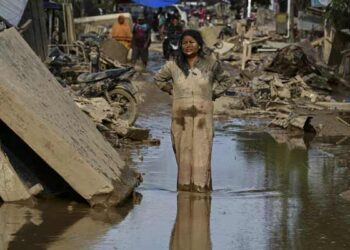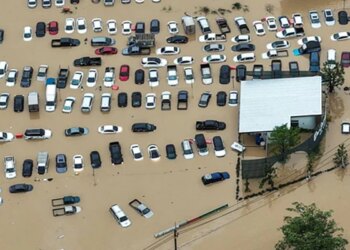Select Language:
Residents impacted by the 6.9-magnitude earthquake wait along the roadside for assistance in Bogo, Cebu, Philippines, October 2, 2025. — Reuters
Philippine officials announced on Thursday that search and rescue efforts in the affected Cebu province have concluded. The current death count of 72 is unlikely to rise significantly, and all missing persons have been accounted for. The focus has shifted to providing aid and support to survivors of the quake, which has become the deadliest in over ten years.
The quake struck offshore waters near Cebu’s central island late Tuesday, displacing more than 20,000 people and injuring over 300. On Thursday, President Ferdinand Marcos Jr. visited Bogo, a city of approximately 90,000 and the hardest-hit area. He reassured evacuees and acknowledged that relief operations are complicated by extensive infrastructure damage.
“We’re facing difficulties because we don’t have suitable places to temporarily house displaced families, as we’re unsure about the stability of the evacuation centers,” he explained to reporters. “We will ensure the availability of food, water, and electricity—possibly using generators if necessary. Whatever is needed, we will provide it.”
Many casualties resulted from buildings and homes collapsing during the quake or landslides triggered afterward. Heavy rain and power outages have further hampered rescue efforts.
Located along the Pacific Ring of Fire, a path marked by frequent volcanic activity and earthquakes stretching from South America to the Russian Far East, the Philippines endures over 800 quakes annually.







